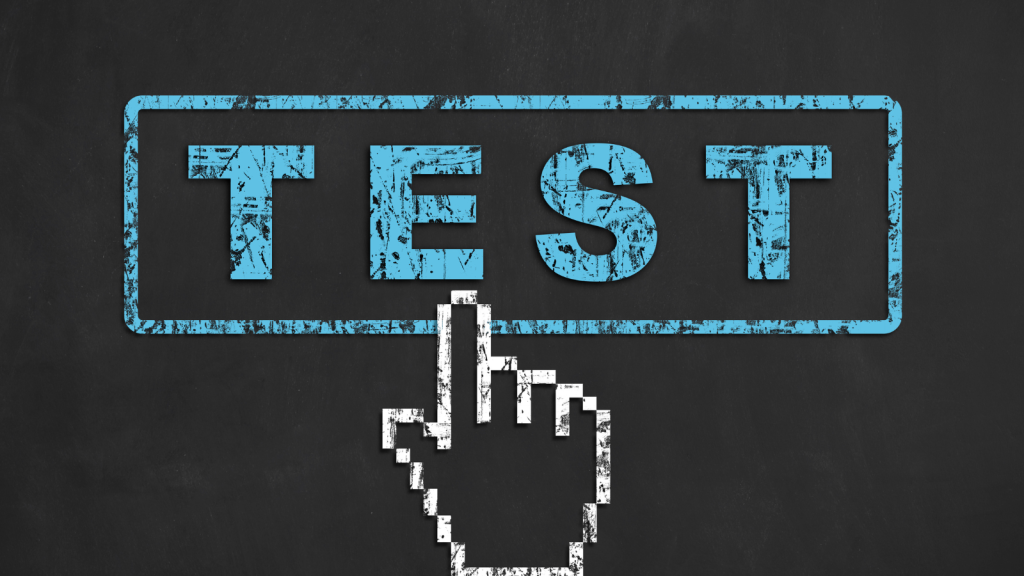Emma owns a quirky plant shop in the heart of Portland. She runs Facebook ads because… well, everyone said she should. She throws up a cute image of a cactus with a funny caption and hits “Boost Post.”
No sales.
Then she changes the caption. Still nothing.
Eventually, she hears someone mention “split testing,” also called A/B testing. It sounds scientific and complicated. But when she tries it—with just a few tweaks—her cost per purchase drops from $18 to $3.50.
She’s selling out of succulents. She can’t keep enough hanging baskets in stock.
Split testing didn’t just help her ads perform better—it helped her understand what people actually care about.
And that’s what this article is all about.
What Is Facebook Ad Split Testing (Really)?
Split testing is running two or more versions of an ad to find out which performs better.
But here’s the catch: real split testing is controlled. It means changing one variable at a time, such as:
-
The image
-
The headline
-
The audience
-
The placement (Feed vs Stories)
-
The call-to-action (CTA)
Too many marketers just make different ads and hope for the best. But when you run true split tests, you stop guessing and start knowing.
The Untold Trick: Test Emotional Triggers, Not Just Headlines
Emma tested two headlines:
“Get Your Dream Plant Today”
“Ever Kill a Plant? Not This One.”
Guess which won?
The second one doubled her click-through rate.
Why? Because it tapped into a core emotion—guilt and self-doubt—then resolved it with humor.
This is where NLP (Neuro-Linguistic Programming) principles come in. People are wired to respond to emotionally charged language, especially when it reflects their inner monologue.
Pro Tip: Use NLP-based emotional testing:
-
Test messages that mirror self-talk (e.g., “You’ve got this.”)
-
Use words that spark curiosity, relief, or achievement
-
Include metaphors or implied stories (“Grow a jungle in your apartment” > “Buy indoor plants”)
How to Set Up a Split Test in Facebook Ads Manager
-
Go to Ads Manager → Create Ad
-
Choose a conversion goal (e.g., purchases, leads)
-
Toggle A/B Test on (you’ll see it after campaign creation)
-
Select which variable to test:
-
Creative
-
Audience
-
Placement
-
Delivery optimization
-
-
Facebook will automatically split your budget and show results
Pro Tip: Use campaign budget optimization (CBO) for control, but manually split your audiences if you’re doing detailed audience testing.
Imaginary Story Time: The Battle of the Bakers
Two imaginary bakers—Julia and Mark—both sell sourdough kits online.
Julia runs one ad:
“Make your own bakery-style sourdough at home!”
Mark runs a split test with two versions:
-
Ad A: “Make bakery-quality sourdough at home”
-
Ad B: “Want your house to smell like fresh bread?”
Ad B smokes Ad A with a 3x higher click-through rate.
The difference? Sensory language.
NLP Tip: The brain lights up when it imagines smells, textures, and sounds. Don’t say “great bread.” Say “crust that crackles when you cut it.”
Split Testing Variables You Probably Haven’t Tried (But Should)
Most people test images, captions, or audiences. But here are the less obvious gems:
1. Hook Timing (Video ads)
Try a version where the “hook” hits at second 0.5 vs second 3.
The first 2 seconds make or break your video ads.
Facebook autoplay without sound? Visual hook matters more than ever.
2. Color Psychology
Test the same creative in two different background colors.
Example:
-
Blue = Trust, calm
-
Red = Energy, urgency
-
Green = Nature, money, growth
You’d be surprised how much a colored button or border can change perception and clicks.
3. CTA Framing
Instead of changing just the CTA text, change the emotional tone:
-
Logical: “Learn More”
-
Exciting: “Unlock the Secret”
-
Urgent: “Don’t Miss Out”
-
Supportive: “We’ll Help You Start”
NLP Insight: People make decisions based on emotion first, logic second. So lead with emotion, close with reason.
The Psychology of A/B Testing: How NLP Helps You Read Minds
Every split test is a conversation with your audience’s subconscious.
They’ll never comment and say,
“Actually, I clicked this because your headline triggered my fear of missing out, while the background image evoked nostalgic warmth.”
But their clicks say it for them.
You just have to listen through data.
Pro Tip: Log your results with emotional observations:
-
“Image with dog performed better → maybe people want comfort”
-
“Headline with ‘finally’ performed better → signals relief”
Then apply that insight across your funnel, not just the ad.
Audience Split Testing: Beyond the Basics
Most people just split test between men and women, or 25–35 vs 35–50.
Try this instead:
-
Layered Interests: Compare “Yoga + Eco-conscious” vs “Yoga + Mindfulness” to find which combo hits deeper.
-
Behavior-based audiences: Test people who made purchases in the last 30 days vs those who added to cart but didn’t buy.
-
Language-based audiences: Run the same ad in formal vs casual tone.
What to Do With the Results (and What Most People Get Wrong)
Here’s what Emma did:
She didn’t just pick the winner and run with it. She learned from it.
When her plant-killing guilt headline won, she:
-
Added that emotion to her email subject lines
-
Updated her website banner copy
-
Even changed her product names (“Unkillable Snake Plant”)
Golden Rule:
A/B testing is not about ads. It’s about uncovering language and visuals that work on the human mind.
Closing Thoughts: The Split Test Isn’t Just a Test. It’s a Mirror.
It shows you what your audience wants, fears, loves, and needs—even when they don’t say it out loud.
Split testing is less about “which image is better” and more about asking:
“What makes people feel like this ad was written just for them?”
So the next time you’re about to launch a campaign, channel your inner Emma.
Don’t just make ads. Make micro-experiments. Test feelings. Split ideas. Watch them rise or fall.
Because the difference between a wasted ad dollar and a sold-out shop?
Sometimes it’s just one headline away.

